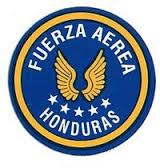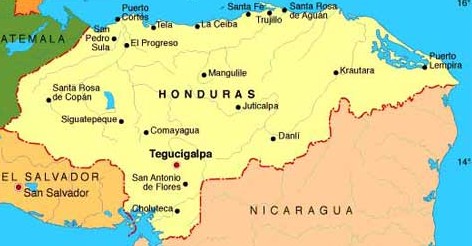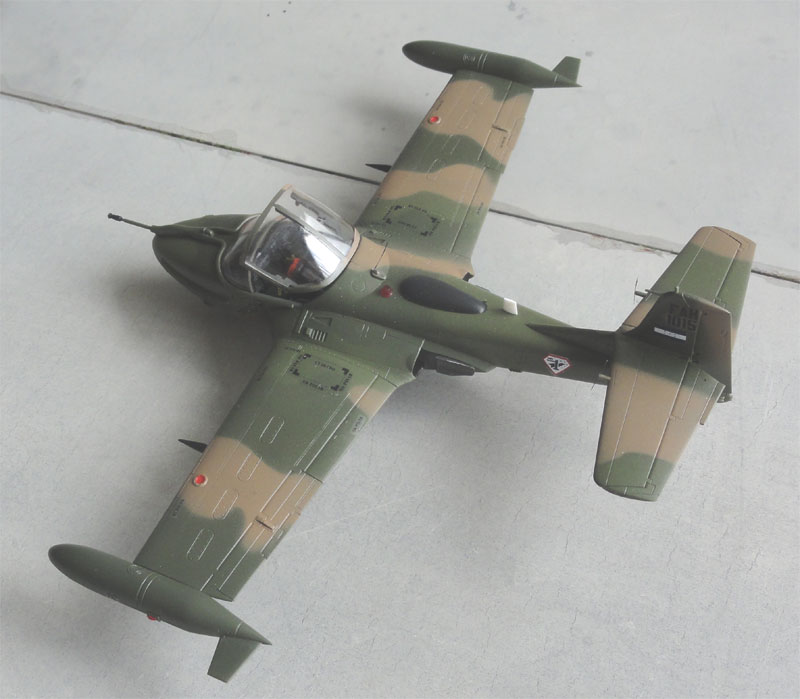[ page 2 ]
Academy model in 1/72 scale kit review and modelling report
.... continued from page 1.....
GUATAMALA
The Fuerza Aérea Guatemalteca (FAG), the air force of this Central American country got approx 24 A-37 aircraft.
The Academy model was first assembled
as indicated on page 1. A base grey coat was air
brushed, followed by these Fed.Std colours acrylics for the wrap
around scheme:
FS 34087 grey : Gunze Sangyo GU304
FS 36118 gunship grey: Gunze Sangyo
GU305
Gear bays and inside of gear doors
are white.
Decals came from the AZTEC decal
set 72-017. The model depicts a A-37B with the ser.no 69-6401 as flown
by Tte. Castaneda around 1991 of Escuadrón de Aviones de Ataque
based at Guatamala city. The fuselage badge is a special one used for the
A-37 and a toned down national insignia on the wing.

Ensure the model is gloss to prevent
"silvering"e.g. air bubbles trapped below the decals. I used a
Johnson Future/Pledge gloss acrylic. Some antennas were added made
from painted fishing line.
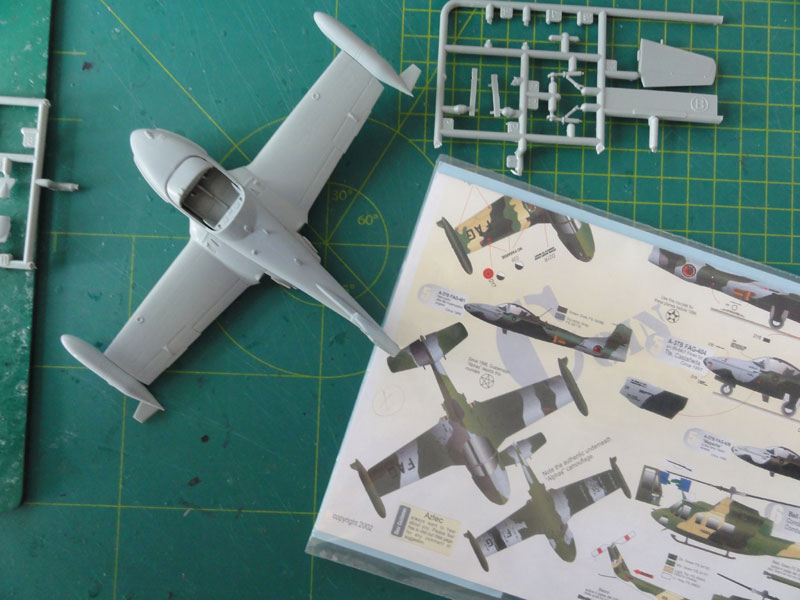
No tank boom was fitted and the canopy
set closed. Fuel filler caps were painted red.

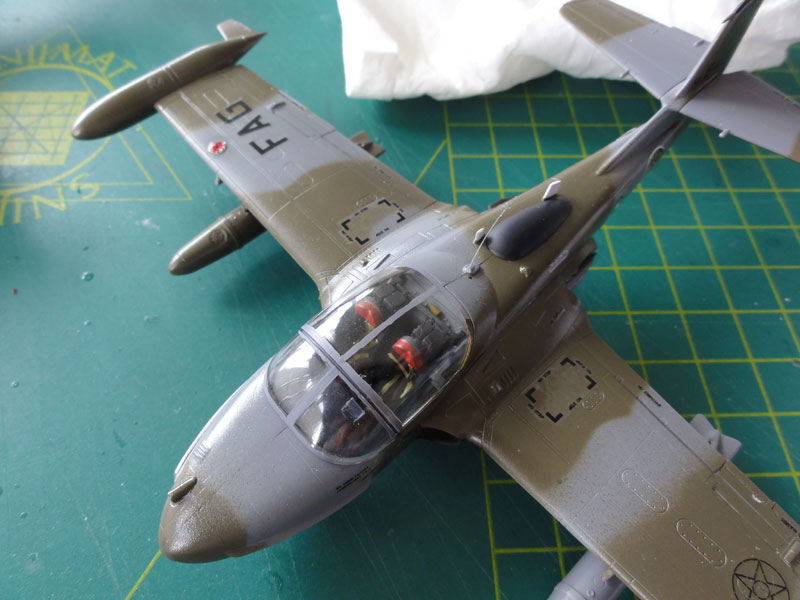
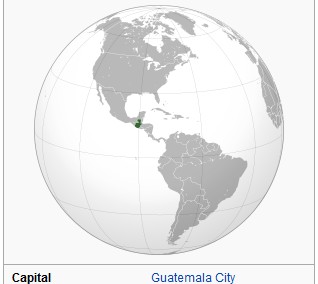


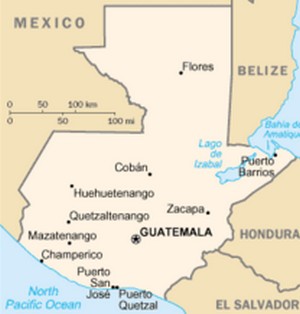
Military Aviation started in Guatamala already in 1912 with biplanes of Bleriot and Nieuport. The built-up was with French aviators and flying schools established. The Fuerza Aerea Guatemalteca was formally set in place in 1945 with many American aircraft used like the F-51, C-47 Dakota and from 1963 Lockheed T-33's. The F-51 Mustangs were flown until 1972. Of the Cessna A-37 some 24 were received in the 1980s and the type is the most capable aircraft type. Some Fokker F27 and IAI Arava's also operated with various small training aircraft like Cessna 180 and 170. The A-37 were retired with now the major attack aircraft being some 15 Pilatus PC-7. Various helicopters are the Bell UH-1, AB205, 212 and Eurocopter AS350. Main Base Aerea is La Aurora at Guatamala city. The status of the bases at Retalhuleu and Flores is unknown.

A-37B
with the ser.no 69-6401 as flown by Tte. Castaneda around 1991 of Escuadrón
de Aviones de Ataque

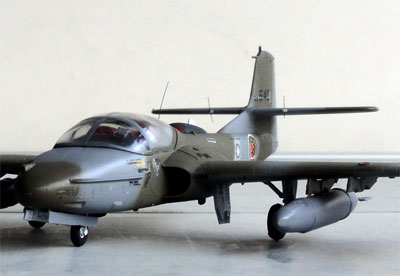
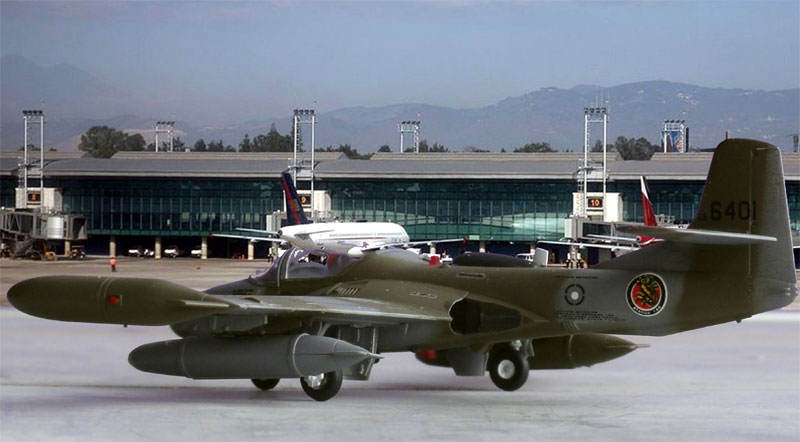
.......at Guatamala
airport
HONDURAS
Some 6 A-37B aircraft were delivered in 1975 to this Central American country Air Force, the Fuerza Aerea Honduras (FAH). In the 1970s, another 11 aircraft followed.
The Academy model was first assembled rather straight out of the box.
Decals from Albatross Model Works
from
Mexico set 72007 were used and these acrylic colours for the Fed.Std
wrap around scheme:
FS 34102 green : Gunze Sangyo
GU303
FS 34079 green : Gunze Sangyo
GU309
FS 30219 tan
: Gunze Sangyo GU310
This model has the Honduras flag but
no roundels. On the rear fuselage is a peculiar badge of 1 Grupo Tactico
based at San Pedro Sula. No other insignia are carried probably.

The canopy was set open, got some
mirrors and the tank boom was fitted.
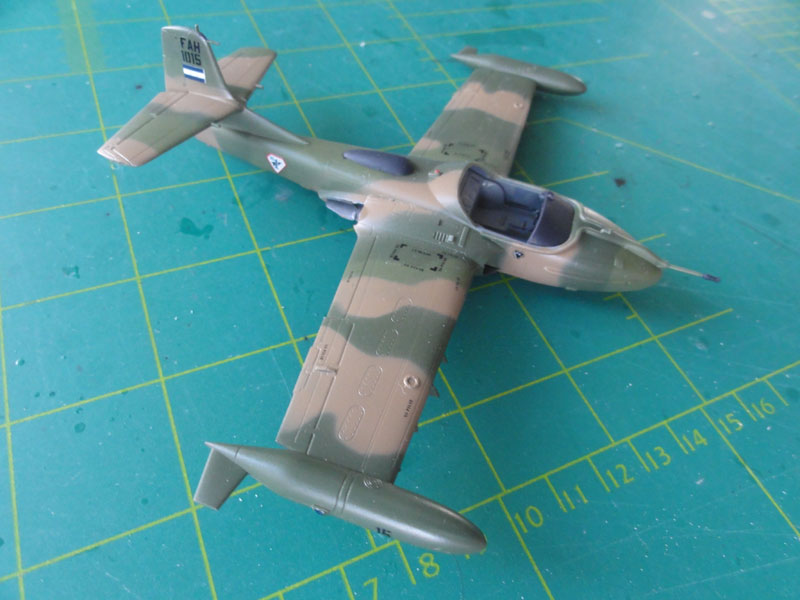

The Fuerza Aerea Hondurena started in 1921 with a Bristol F.2b and other biplanes followed with a flying school founded in 1931. After the Second World War many surplus US aircraft followed like the P-38 and P-63 King Cobra and in 1960s F4U Corsairs. In 1969 a war arised over a soccer match with El Salvador, the "soccer war". In 1970 F-86K dogs were obtained from Venezuela and some 10 Canadair F-86 CL-13 Sabres. In 1975 the first A-37B Dragonflies arrived, followed by another 11 aircraft. From Israel converted Super Mysteres Sa'ar jets were acquired from 1975 that were locally called the Sambad.
The Honduras Air Force was further strengthened during the 1980's with F-5E Tigers to counter the threats coming from the Civil Wars being fought in El Salvador and Nicaragua until the end of hostilities in the 1990's.
Air bases were at Tegucigalpa -Toncontin, Comayagua, San Pedro Sula, and La Ceiba and stations at Cantacamas, Alto Aguan (bombing range), and Puerto Lempira. There was a radar station at La Mole peak. The Air Force is not organized with squadrons but rather per Air Base.
Some OA-37 Dragonflies are still in service but the principal fighter is now the F-5E. Several helicopters are also used like Bell UH-1, 412, 429 and Hughes 500. For transport Let L-410 and Cessna Caravan aircraft.

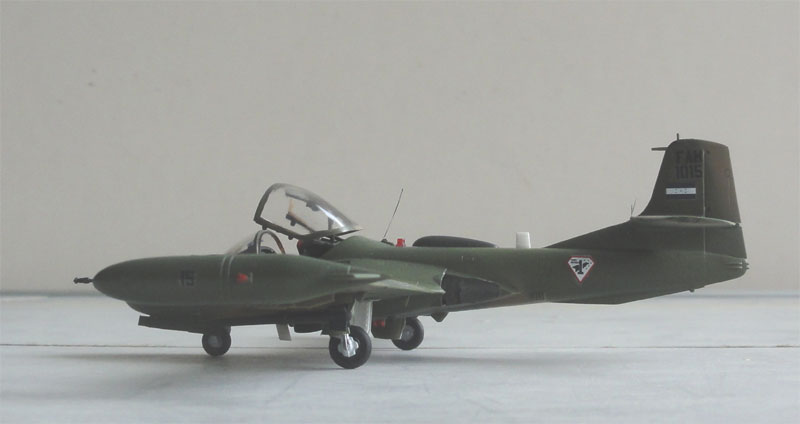

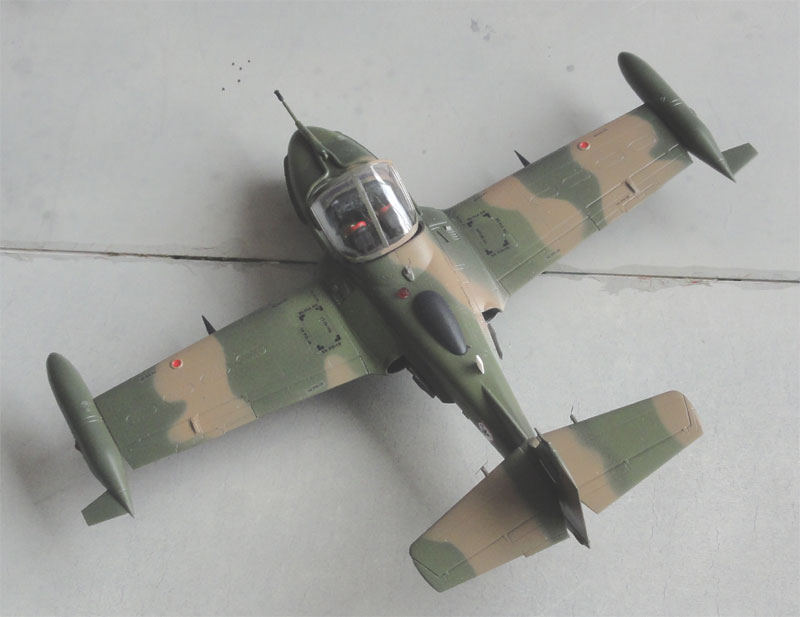


.....at Honduras
San Pedro Sulas in the North West of the country
URUGUAY
The Academy model was first assembled
rather straight out of the box. The canopy was set open and got a few mirrors
details inside.
For the "wrap around" scheme I used
these acrylic Fed.Std colours:
FS 36081 grey :
Gunze Sangyo GU301
FS 34079 green : Gunze Sangyo
GU309
Decals from Albatross Model Works from Mexico set 72007 were used.
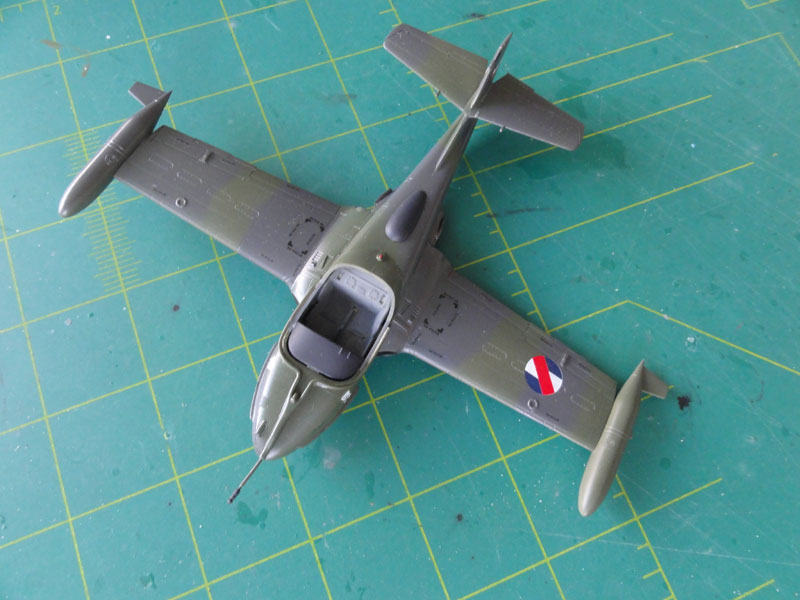
Here with windshield and tilted canopy.
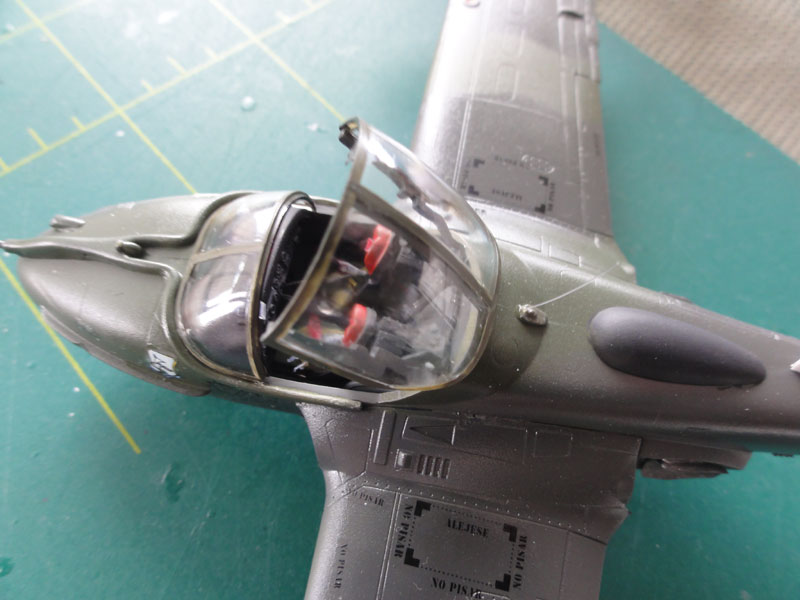
Note the Spanish language stencils.
URUGUAY


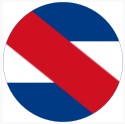

[ area: 176,215 sq.km | 3,5 million inhabitants | capital: Montevideo | GDP USD 18,000 per capita nominal ]
Military aviation started in Uruguay in 1913 with Farman biplanes.
Many other types followed like Avro's, Nieuports, Breguets and in
the 1950s types like the B-25 Mitchell and AT-6. The Fuerza Aérea
Uruguaya (FAU) became a separate force in 1952. T-33 were delivered as
well as F-80 Shooting Stars. Also Chipmunk trainers were used. Around
1976 some
8 A-37B aircraft were obtained and 8 OA-37B end eighties. Other types
were/are IA-58 Pucara's, Casa C212, T-34 and C-130. As of 2014 Escuadrón Aéreo
N°2 Caza flies the A-37. From 2003 some 20 SF-260 trainers were acquired.
Four bases are located near
the
capital Montevideo and one at Durazno.
[ The navy "Aviacion Naval Uruguaya" also flies few aircraft; in the past Jetstream , T-34 and helicopters such as Wessex . Currently types like Beech 200 from mainly the base at Laguna del Sauce ].
 .
. 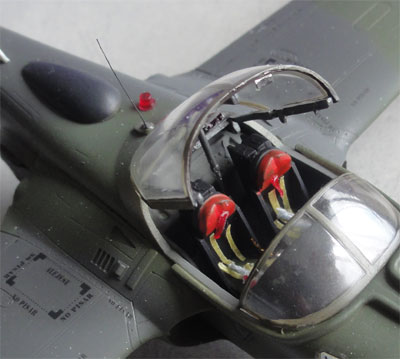
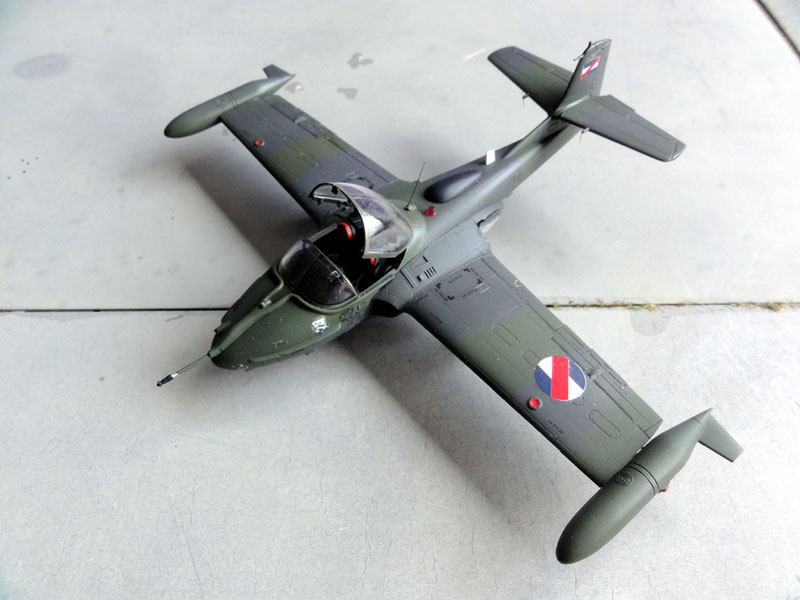
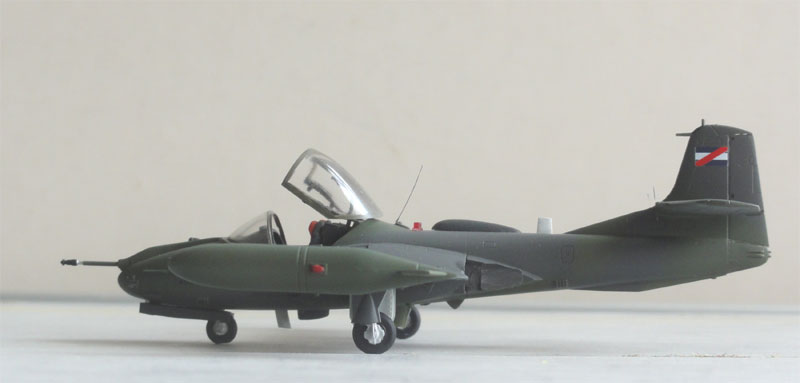
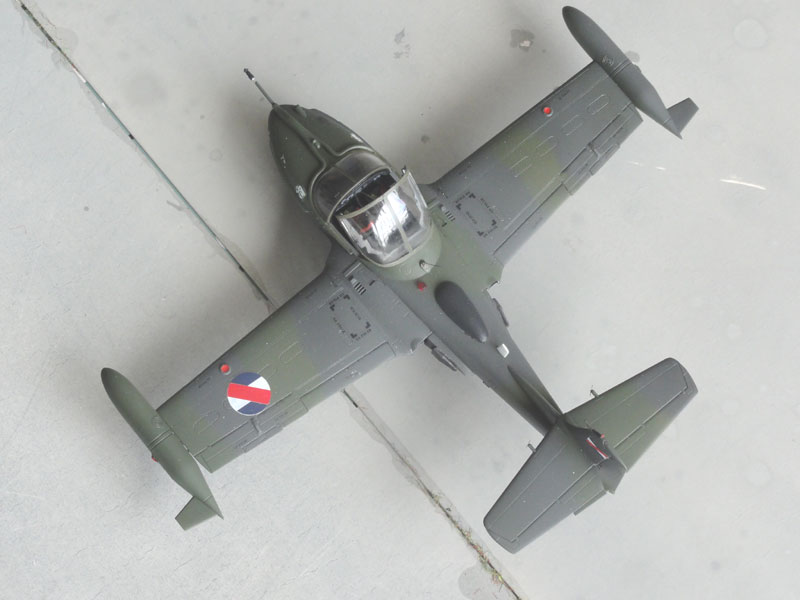
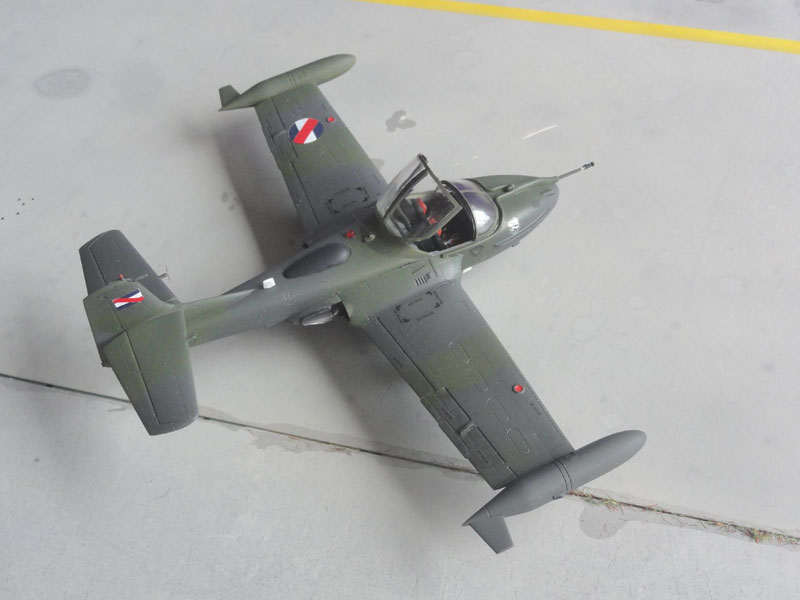
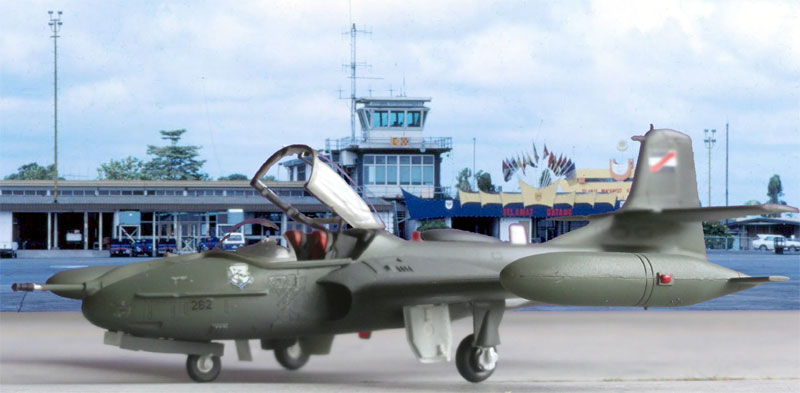
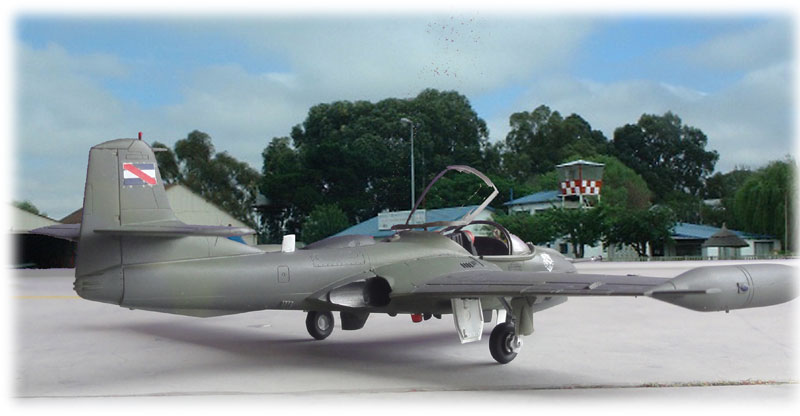

Also check out the old Hasegawa A-37 kit on [ Page 3 ] ....

(c) Copyright Meindert "designer"/ All rights reserved. Your comments are welcomed by webmaster



